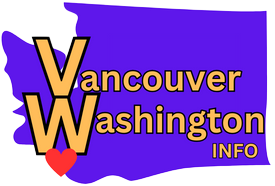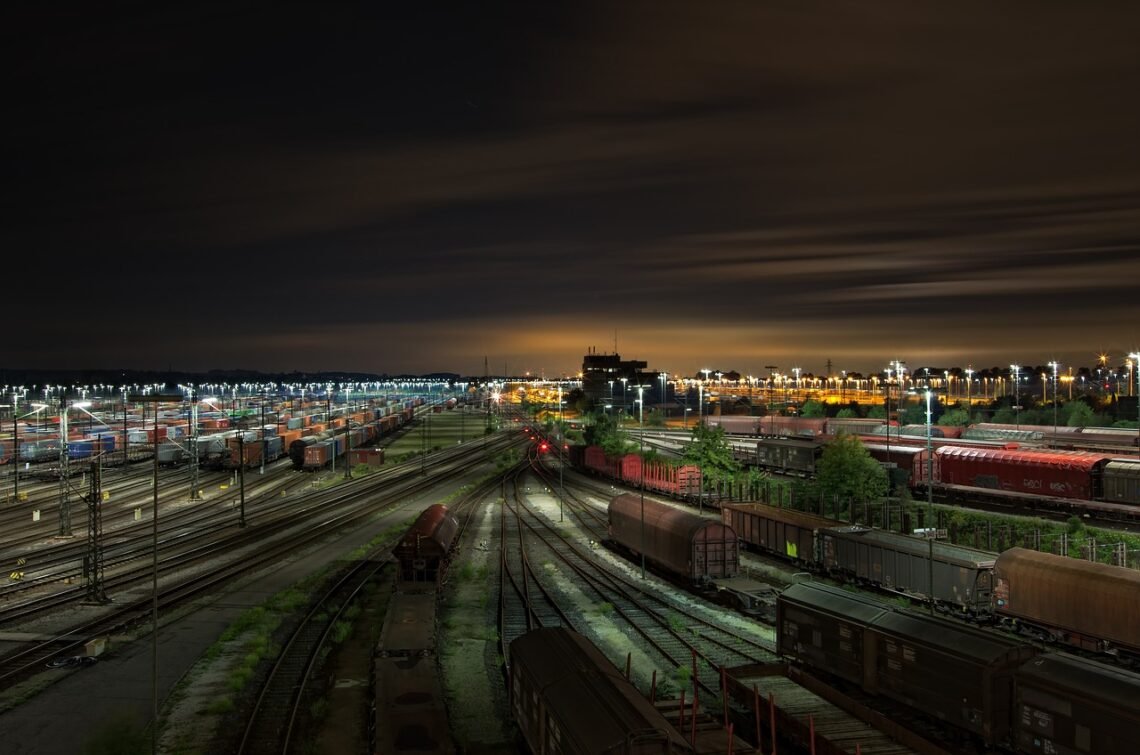
Is Seattle a Car-Friendly City?
Living in Seattle without a car may seem like an improbable idea, but as you explore the city, you might wonder if it’s actually a car-friendly place. With a comprehensive public transportation system, including buses, light rail, ferries, and even streetcars, Seattle is making great strides towards providing accessible and efficient transportation options. However, factors like traffic congestion and limited parking spaces can present challenges to those who rely on their cars. So, let’s discover whether Seattle truly caters to the needs of car owners, or if it’s time to consider embracing alternative modes of transportation in the Emerald City.
Table of Contents
ToggleTraffic and Congestion
High levels of traffic
Seattle is known for having high levels of traffic throughout the city. Whether you’re commuting to work or trying to run errands, you’re likely to encounter heavy traffic during peak hours. The influx of people moving to Seattle has contributed to the increase in traffic volume, leading to longer travel times and more congested roadways.
Congestion on major highways
Major highways in Seattle, such as Interstate 5 and State Route 520, often experience significant congestion. Rush hour traffic can be particularly frustrating, with bumper-to-bumper congestion becoming a common occurrence. The increase in population and the limited number of highway lanes have contributed to the congestion problem. It’s important to plan ahead and allow extra time when traveling on these major highways.
Limited parking options
Finding parking in Seattle can be quite challenging, especially in popular areas and downtown neighborhoods. Street parking is often limited, and parking garages can be expensive. Additionally, residential areas may require parking permits, making it difficult for visitors to find a convenient place to park. It’s important to be prepared and consider alternative transportation options if you’re planning to visit areas with limited parking availability.
Challenge for commuting
Due to the high levels of traffic and limited parking options, commuting in Seattle can be a challenge. Long commute times, especially during rush hour, can be stressful and time-consuming. It’s important to consider alternative modes of transportation, such as public transportation or biking, to help alleviate some of the challenges faced by commuters in Seattle. Public transportation, biking infrastructure, and other transportation options will be discussed in the following sections.
Public Transportation
Extensive bus network
Seattle boasts an extensive bus network, operated by King County Metro Transit. Buses offer a convenient and affordable mode of transportation, connecting various neighborhoods and suburbs within the city. With frequent service and multiple routes, the bus system is a popular choice for commuting and getting around the city.
Light rail system
In addition to buses, Seattle also has a light rail system operated by Sound Transit. The light rail provides a fast and efficient mode of transportation, connecting neighborhoods in Seattle with the surrounding areas. The system currently serves locations such as the University of Washington, downtown Seattle, and Sea-Tac Airport, with plans for expansion in the future.
Ferry services
Being surrounded by water, Seattle also offers ferry services for transportation across the Puget Sound. The Washington State Ferries provide scenic routes to various destinations, including Bainbridge Island and the San Juan Islands. Ferries are a unique way to commute or explore the beautiful surroundings of Seattle.
ORCA card system
To make public transportation more convenient, Seattle uses the ORCA card system. The ORCA card is a contactless smart card that can be loaded with funds and used for seamless travel across various modes of public transportation, including buses, light rail, and ferries. This integrated payment system simplifies fare payments and eliminates the need for separate tickets or cash.
Limited late-night service
While the public transportation in Seattle is extensive and reliable, it’s important to note that there is limited late-night service, especially during weekdays. This can be a challenge for those who work late or want to enjoy nightlife in the city. It’s important to plan your commute accordingly and consider alternative transportation options if you need to travel late at night.
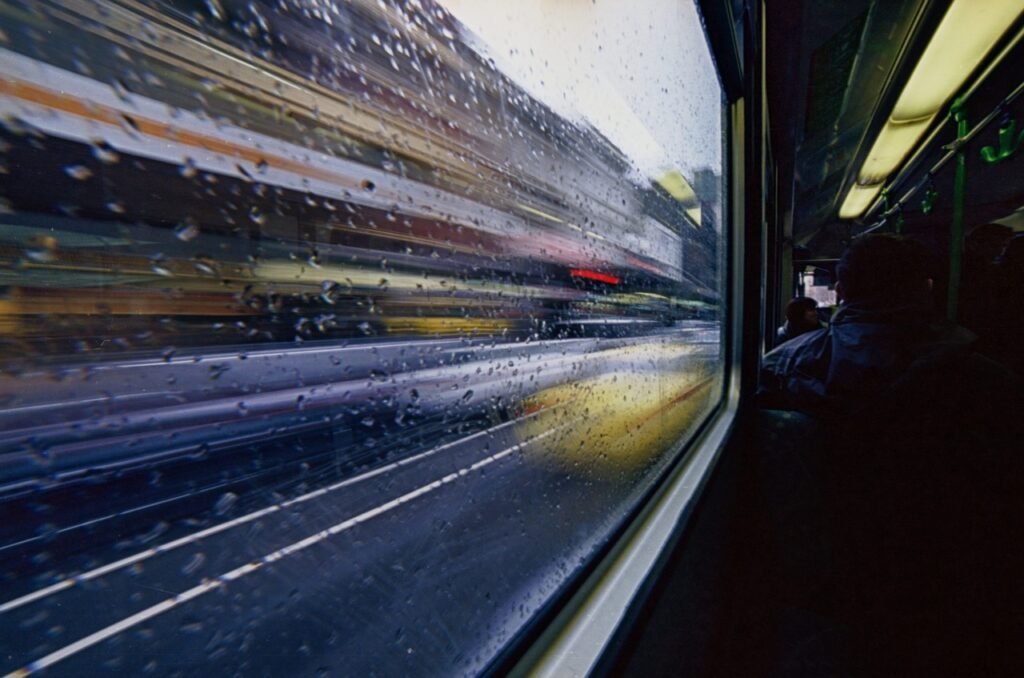
This image is property of pixabay.com.
Biking Infrastructure
Growing biking community
Seattle has a vibrant and growing biking community. More and more residents are opting to use bicycles as their mode of transportation. The city has seen a significant increase in cyclists, and the community actively advocates for biking infrastructure and safety measures.
Expanding network of bike lanes
To accommodate the growing biking community, Seattle has been expanding its network of bike lanes throughout the city. These dedicated lanes provide a safer environment for cyclists, separating them from vehicular traffic. The city is constantly working on improving and connecting these bike lanes to create a more comprehensive network for cyclists.
Shared mobility options
Seattle also offers shared mobility options for cyclists, such as bike-sharing programs. These programs allow riders to rent bicycles on a short-term basis, providing a convenient and affordable alternative to owning a bike. Bike sharing has become increasingly popular, making it easier for residents and visitors to explore the city on two wheels.
Bike-sharing programs
Bike-sharing programs have become an integral part of Seattle’s transportation system. These programs allow users to rent bikes for a short period, typically for a few hours or a day, making it a convenient option for those who don’t own a bicycle. With numerous bike-sharing stations available throughout the city, users can easily pick up and drop off bikes at their desired locations.
Challenging terrain
Despite the efforts to improve biking infrastructure, Seattle’s hilly terrain can pose a challenge for cyclists. The city is known for its steep roads and elevation changes, which can make biking more physically demanding. However, many cyclists enjoy the challenge and consider it a great way to stay fit while commuting or exploring the city.
Walkability
Pedestrian-friendly neighborhoods
Seattle is home to many pedestrian-friendly neighborhoods, where walking is a popular mode of transportation. Neighborhoods like Capitol Hill, Ballard, and Fremont offer plenty of amenities within walking distance, including shops, restaurants, and parks. These neighborhoods are designed to prioritize the safety and convenience of pedestrians.
Sidewalks and crosswalks
Sidewalks and crosswalks are well-maintained throughout Seattle, providing safe and accessible pathways for pedestrians. The city has made efforts to improve pedestrian infrastructure, including curb ramps, pedestrian signals, and improved street lighting, to ensure a comfortable walking experience for everyone.
Scenic walking trails
Seattle is renowned for its natural beauty, and the city offers numerous scenic walking trails. From the iconic Pike Place Market to the picturesque Discovery Park, there are plenty of trails and pathways that allow residents and visitors to explore the city’s stunning landscapes by foot. These walking trails provide a great opportunity to exercise and enjoy the outdoors.
Challenge of hilly terrain
While the hilly terrain of Seattle can be a challenge for cyclists, it can also present difficulties for pedestrians. Walking uphill or downhill can be physically demanding, especially for individuals with mobility limitations. It’s important to consider your physical abilities and plan your walking routes accordingly, taking advantage of flatter areas and utilizing public transportation when needed.
Weather considerations
Seattle’s weather can also impact the walkability of the city. The frequent rain can make sidewalks slippery, and the occasional snow and ice during winter can create hazardous conditions for pedestrians. It’s crucial to wear appropriate footwear, carry an umbrella or rain jacket, and be mindful of weather conditions when walking in Seattle.
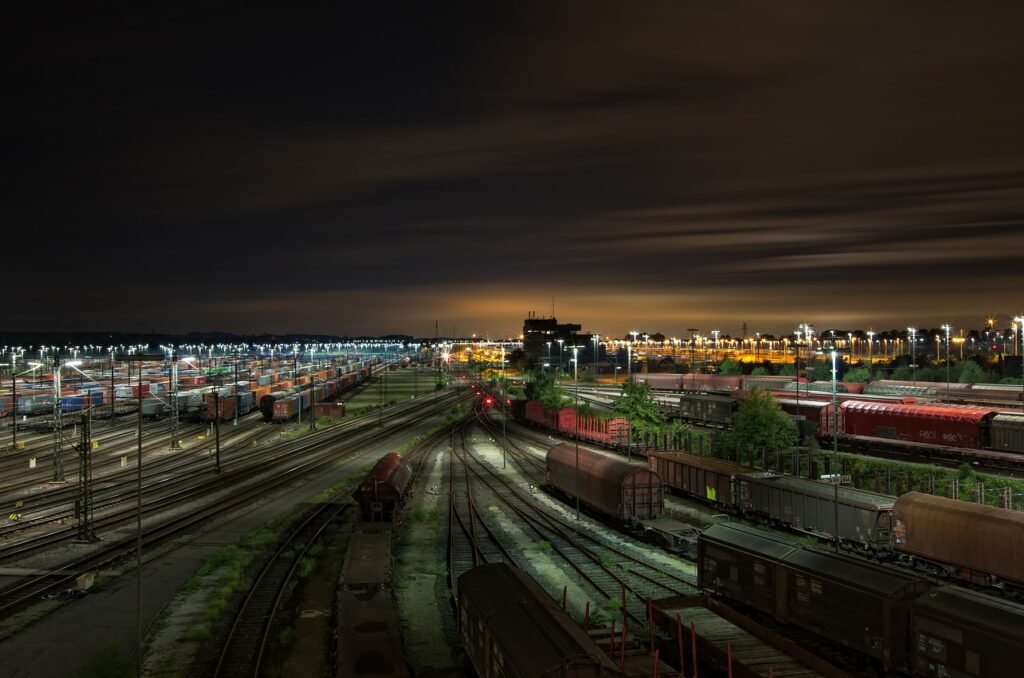
This image is property of pixabay.com.
Ridesharing and Taxis
Availability of ridesharing services
Ridesharing services, such as Uber and Lyft, are widely available in Seattle. These platforms provide convenient and flexible transportation options, allowing you to request a ride with just a few taps on your smartphone. With numerous drivers operating in the city, ridesharing services offer a reliable alternative to driving or public transportation.
Diverse range of ride options
In addition to traditional sedan rides, ridesharing services in Seattle offer a diverse range of ride options to suit different needs. Whether you’re traveling alone and prefer a more affordable shared ride or need a larger vehicle for a group outing, ridesharing apps provide various choices to accommodate your specific preferences.
Taxi services in the city
Alongside ridesharing services, traditional taxi services are still available in Seattle. Taxis can be hailed on the street or booked through phone call or app-based services. While they may be less prevalent compared to ridesharing services, taxis remain a viable option for those who prefer the familiarity and convenience of a conventional taxi ride.
Challenges during peak hours
During peak hours, especially in the downtown area, ridesharing services and taxis can also experience high demand. It’s common for wait times to be longer, and surge pricing may come into effect, resulting in higher fares. Planning your trips accordingly and considering other modes of transportation during peak hours can help alleviate potential challenges.
Affordability concerns
While ridesharing services and taxis offer convenience and flexibility, cost can be a concern for some individuals. Depending on the distance and demand, the price of ridesharing services can vary, and taxi fares can be higher. It’s important to consider your budget and compare the costs with other transportation options before relying solely on ridesharing or taxi services.
Car-Sharing Programs
Various car-sharing options
Car-sharing programs have gained popularity in Seattle, offering individuals the convenience of accessing a vehicle without the commitment of car ownership. Companies like Zipcar and ReachNow provide a fleet of vehicles stationed throughout the city, allowing users to rent cars for short periods, typically by the hour or day.
Flexible and convenient
Car-sharing programs offer flexibility and convenience to those who occasionally need a car. Whether you need to run errands or take a day trip outside the city, these programs provide a cost-effective and hassle-free option. With the ease of online booking and the ability to pick up and drop off cars at various locations, car-sharing has become a popular choice among Seattle residents.
Cost-effective for short trips
For short trips within the city, car-sharing can be a cost-effective alternative to owning a car. With car-sharing, you only pay for the time you use the vehicle, eliminating the expenses associated with car ownership, such as insurance, maintenance, and parking fees. This makes car-sharing an attractive option for those who primarily rely on other modes of transportation but occasionally need access to a car.
Availability challenges
While car-sharing programs are widely available in Seattle, it’s important to note that the availability of vehicles can vary depending on the location and time of day. During peak hours or in popular areas, it may be more difficult to find an available car. Planning ahead and booking in advance can help ensure you have access to a vehicle when you need it.
Parking restrictions
When using a car-sharing service in Seattle, it’s essential to be aware of parking restrictions. Many car-sharing companies require users to return the vehicle to designated parking spots or specific zones within the city. Violating parking regulations may result in fines or penalties, so familiarize yourself with the rules and regulations of the car-sharing program you choose to avoid any inconvenience.

This image is property of pixabay.com.
Parking
Limited street parking
Street parking in Seattle is often limited, especially in densely populated neighborhoods and downtown areas. Finding an available parking spot on the street can be challenging, particularly during peak hours. It’s important to be patient and allow extra time when searching for street parking, or consider alternative parking options such as garages or lots.
Paid parking in downtown areas
In downtown areas and popular destinations, paid parking is the norm. Whether it’s parking lots or metered spaces, you can expect to pay for parking in these areas. Rates can vary depending on the location and time of day, so it’s crucial to be prepared with change or a credit card when parking downtown.
Residential parking permits
In certain residential areas of Seattle, parking permits may be required for residents. These permits allow residents to park on the street within designated zones without time restrictions. Visitors to these areas may need to seek alternative parking options or obtain a temporary parking permit to avoid parking fines.
Parking garages and lots
To alleviate the strain on street parking, Seattle offers parking garages and lots throughout the city. These facilities provide additional parking options for residents, visitors, and commuters. While parking in garages or lots often comes at a cost, it can provide a more convenient and secure parking solution, especially in high traffic areas.
High parking fees
Parking in Seattle can come at a price. Whether it’s metered parking on the street or using a parking garage, expect to pay high parking fees, especially in prime locations. It’s important to factor in parking costs when considering transportation options and to use parking resources wisely to minimize expenses.
Car Ownership and Expenses
Relatively high car ownership
Despite the challenges of traffic and limited parking, Seattle still has a relatively high car ownership rate. Many residents find owning a car to be necessary for their lifestyle, especially if they regularly commute outside the city or have specific mobility needs. However, it’s important to consider the expenses and factors associated with car ownership before making the decision to own a car in Seattle.
Vehicle registration fees
Owning a car in Seattle requires payment of vehicle registration fees. These fees are based on the vehicle’s value, weight, and type, and they contribute to funding transportation infrastructure and services. It’s important to budget for these fees when considering car ownership.
Insurance costs
Car insurance is a mandatory expense for car owners in Seattle. Insurance premiums can vary depending on factors such as the driver’s age, driving record, and the type of coverage chosen. It’s crucial to obtain insurance coverage that meets the legal requirements and protects you and your vehicle from potential risks.
Gasoline prices
Gasoline prices in Seattle tend to be higher compared to other parts of the country. The cost of fuel can significantly impact your budget if you rely heavily on driving. It’s important to consider fuel expenses when calculating the overall cost of car ownership in Seattle and to explore alternative modes of transportation that may be more cost-effective.
Maintenance and parking expenses
In addition to registration fees, insurance costs, and fuel expenses, car owners in Seattle must also consider maintenance and parking expenses. Regular maintenance, such as oil changes and tire rotations, can add up over time. Parking in areas with limited street parking can also come at a cost, especially if you frequently need to park in paid lots or garages.
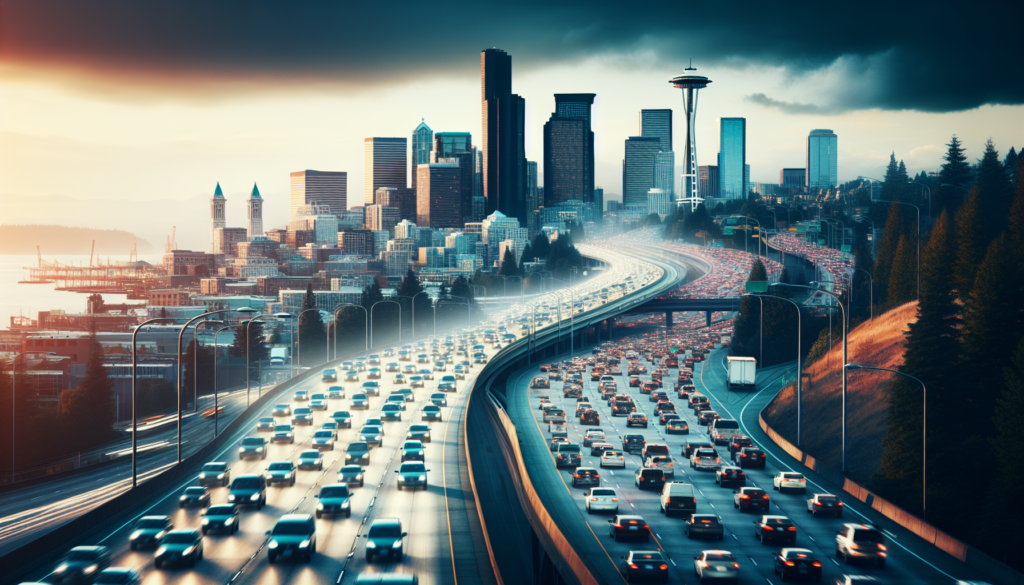
Weather Considerations
Rainy climate
Seattle is known for its rainy climate, with an average of 152 rainy days per year. This can have an impact on driving conditions, as rain can decrease visibility and make roads slippery. It’s important to drive cautiously and be prepared for rainy weather by ensuring your vehicle’s headlights, windshield wipers, and tires are in good condition.
Snow and ice during winter
While Seattle may not experience heavy snowfall like other parts of the country, it does occasionally see snow and ice during winter months. When winter weather strikes, the hilly terrain of the city can make driving conditions treacherous. It’s crucial to be prepared with the appropriate tires and equipment for winter driving and to adjust your driving habits to match the road conditions.
Effect on driving conditions
Both rain and snow can significantly affect driving conditions in Seattle. Reduced visibility, increased stopping distances, and slippery roads can make driving more dangerous. It’s important to adjust your speed, increase following distances, and use caution when driving in inclement weather to ensure your safety and the safety of others on the road.
Impact on commuting options
Seattle’s weather can also impact alternative commuting options such as biking or walking. Rainy weather may make biking less appealing, and snow and ice can make walking conditions hazardous. It’s important to plan ahead and consider alternative transportation options during inclement weather to ensure a safe and comfortable commute.
Seasonal variations
Seattle experiences distinct seasonal variations, with mild summers and cool, wet winters. These variations can influence transportation choices and outdoor activities, as the weather conditions may be more or less favorable for different modes of transportation. Being aware of the seasonal changes can help you plan your transportation options accordingly and make the most of the diverse weather patterns in Seattle.
Commuting Challenges
Long commute times
Commuting in Seattle can often mean long travel times, especially during peak hours. Heavy traffic and congestion on major highways can significantly increase the duration of your commute. It’s important to plan ahead and allow extra time to reach your destination, whether you’re driving, taking public transportation, or using other modes of transportation.
Unpredictable traffic
Seattle’s traffic can be unpredictable, with congestion levels varying throughout the day. What may be a smooth commute one day could turn into a long and frustrating journey the next. It’s important to stay informed about traffic conditions and consider alternative routes or modes of transportation to minimize the impact of unpredictable traffic.
Stressful driving experiences
The combination of heavy traffic, congestion, and challenging terrain can make driving in Seattle a stressful experience for many. Navigating through crowded highways and finding parking spots can add to the frustration. It’s important to practice patience, use stress-reducing techniques, and explore alternative transportation options to make your commute less stressful.
Alternative transportation options
Given the challenges of traffic and limited parking, considering alternative transportation options can be beneficial for commuters in Seattle. Public transportation, biking, walking, ridesharing, and car-sharing programs are just a few options that can provide a more convenient and less stressful commuting experience.
Employer-provided commuting benefits
Many employers in Seattle recognize the commuting challenges faced by their employees. As a result, some companies offer commuting benefits such as subsidies for public transportation passes, bike storage facilities, or flexible work arrangements. Taking advantage of these benefits can alleviate some of the challenges associated with commuting in Seattle and make your daily journey more enjoyable.
In conclusion, while Seattle may have its fair share of traffic, parking limitations, and weather considerations, it offers a variety of transportation options to navigate the city. From extensive bus networks and light rail systems to growing biking infrastructure and car-sharing programs, there are numerous ways to get around Seattle without solely relying on car ownership. By considering the challenges and alternatives discussed in this article, you can make informed decisions about your transportation needs and enjoy all that Seattle has to offer as a car-friendly city.
You May Also Like

Hills at Round Lake & Windust Meadows Tour | Camas WA Neighborhood Tour
14 December 2023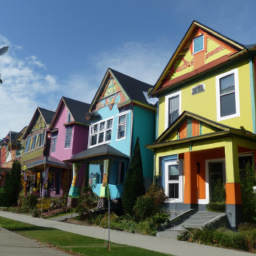
Neighborhoods in Cascade Park Explained | East Vancouver, WA
31 August 2023
